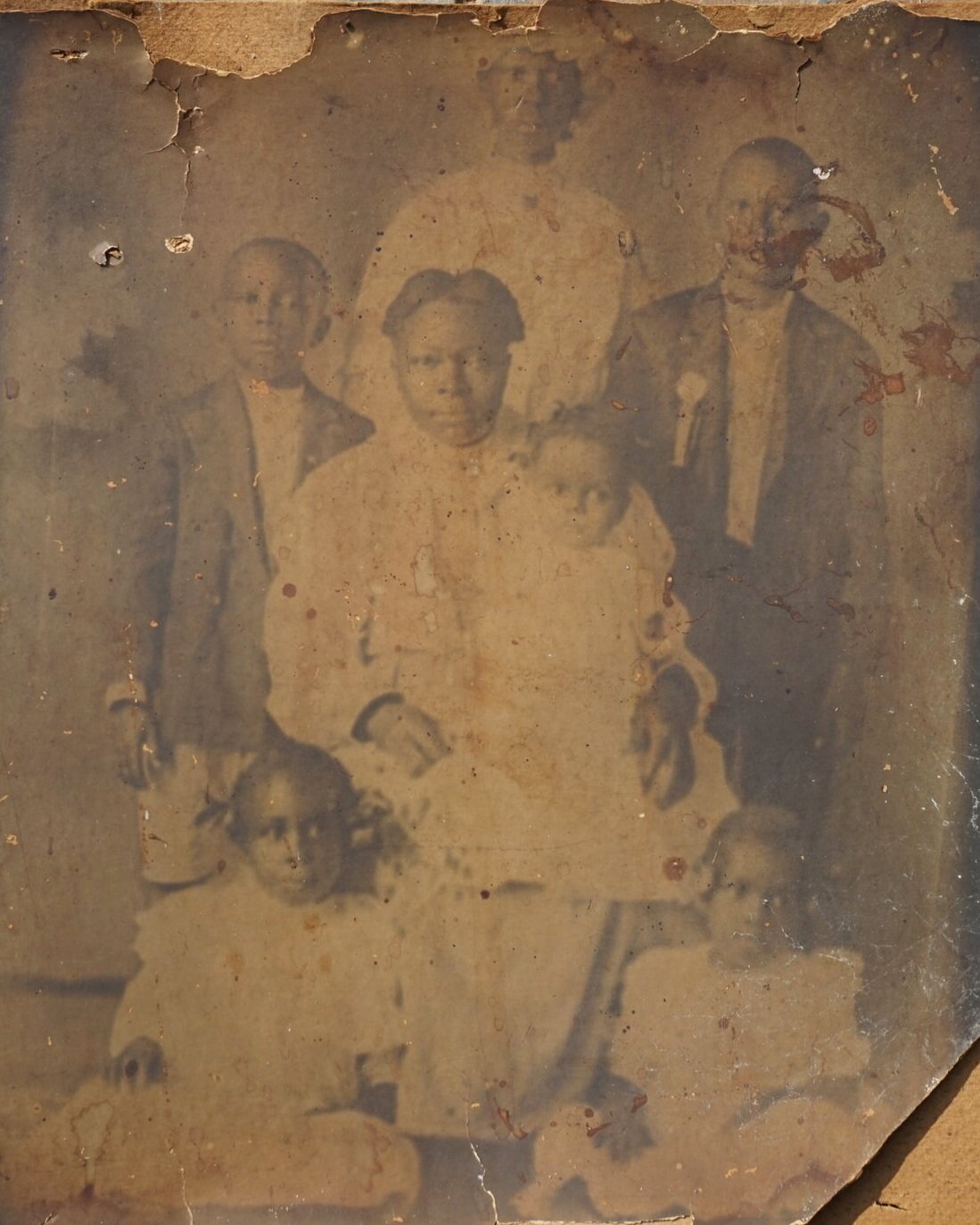None of the slave children ever had the chance to learn how to read and write
-George Womble, Federal Writer’s Project 1937
George Womble lived his entire life in the state of Georgia. He gave an interview for the Federal Writer’s Project (FWP) in 1937. In his interview, he said enslaved children did not have an opportunity to learn to read and write. On school days, the young enslaved boys carried the books of the slave-owning families’ children to the schoolhouse. The boys carrying the books would sometimes ask the schoolchildren if they would teach them to read and write. The children going to school would never do it out of fear that their father would find out, and they would all be punished.
George remembered that on a neighboring plantation, some children got caught in this act. As a punishment, the child of the slave owner was severely beaten, and the young boy that was trying to learn to write had his thumb and forefinger cut off so that he could never write again.
What do you See?
We do not know much about this photo. It was taken in the 1860s. A lot happened from 1860-1869. The American Civil War was fought, and enslaved people were freed during this time. These individuals could be free or enslaved. They are wearing dresses and long sleeves, although August is likely in Georgia.
“Carte-de-visite of women and children in a cotton field,” Digital Public Library of America, https://dp.la/item/89f4abb49a39e2040e928aecc46315af.
From Harriett Hill’s Federal Writer’s Project Interview
According to Harriett’s interview, she likely spent time on the Lyon’s farmstead. The Lyon’s farmstead is located on Panola Mountain in DeKalb County, Georgia, which used to be known as Little Rock Mountain. Harriett was sold away from her mother when she was three years old to be enslaved at the Lyon’s farmstead. Harriett was freed at the end of the Civil War at the age of nine or ten.
After the Civil War ended, she came into contact with her brother, who said he remembered her. He told Harriett that he visited the Lyon’s Farmstead, but he was never able to see her. Harriett’s brother brought her by wagon to meet her mother again. She had not seen her mother since she was three years old, but her mother still recognized her.
Agnes Waits was born enslaved in 1850
In 1850, Agnes Waits was born into slavery in the Flat Rock area. She lived through many hardships. In 1870, when she was about twenty years old, she worked alongside her fourteen-year-old brother Andrew Waits on a farm about 50 miles from Flat Rock. Agnes was a strong and independent woman. She was the head of her household and had four younger siblings. Although Agnes and Andrew did not know how to read and write, Agnes made sure that their three younger siblings attended school. For her and many other former slaves, education was the key to a better future.
Sidney Gault was born enslaved in June of 1862
Agnes Waits continued to live about 50 miles from Flat Rock after freedom. When Agnes was about thirty years old, she married Reese Gault. Reese was a blacksmith. A blacksmith is a skilled craftsman who works with iron and steel. For example, blacksmiths make metal horseshoes. Agnes and Reese had multiple children. One of their children, Eliza Waits, became a schoolteacher.
Agnes’ brother, Andrew Waits, and their three younger brothers moved back to the Flat Rock area. Andrew lived with his fifty-five-year-old mother, Eliza Waits. The four brothers continued to work as general farm laborers after freedom.
Unidentified family. Formerly enslaved mother with children. Original photograph found in a wall at the Flat Rock Archive.
Sidney Gault was a young girl when the Civil War ended in 1865. After the war, she lived with her parents who were about thirty-five years old. Her parents worked as general laborers on a farm in the Flat Rock area.
In 1881, Agnes’ brother Andrew Waits married Sidney Gault. By 1900, they owned a farm together.





